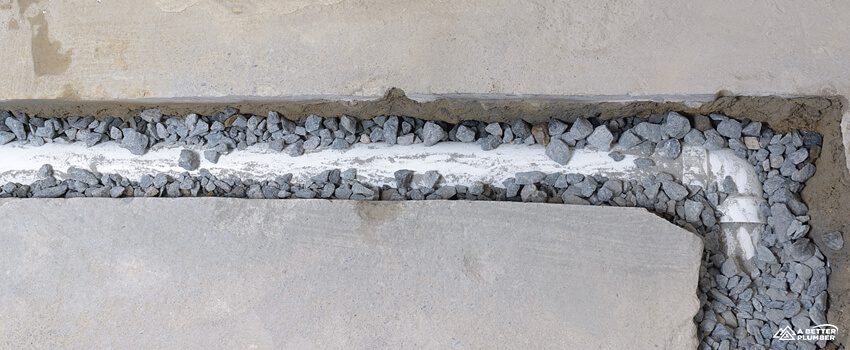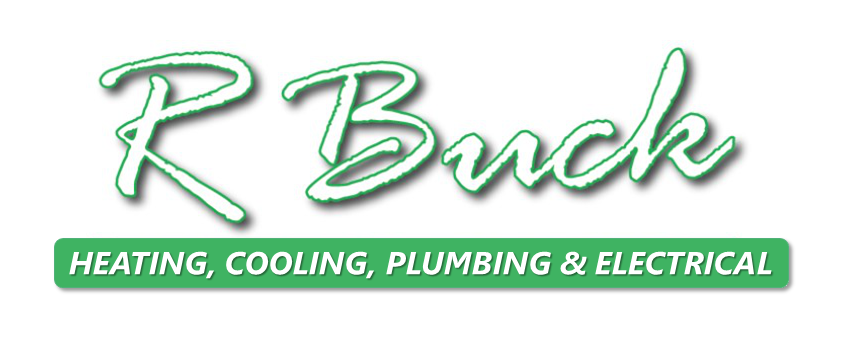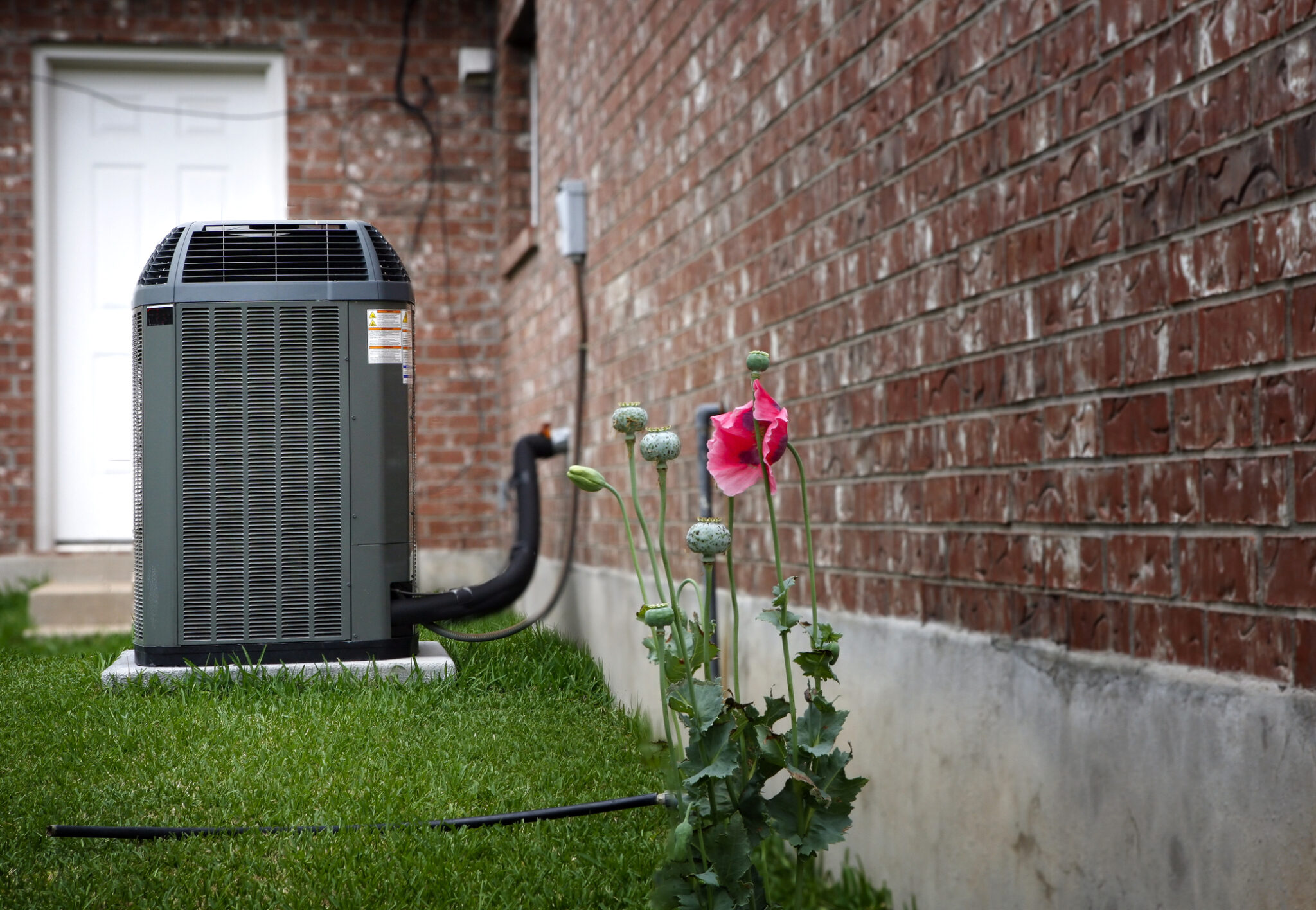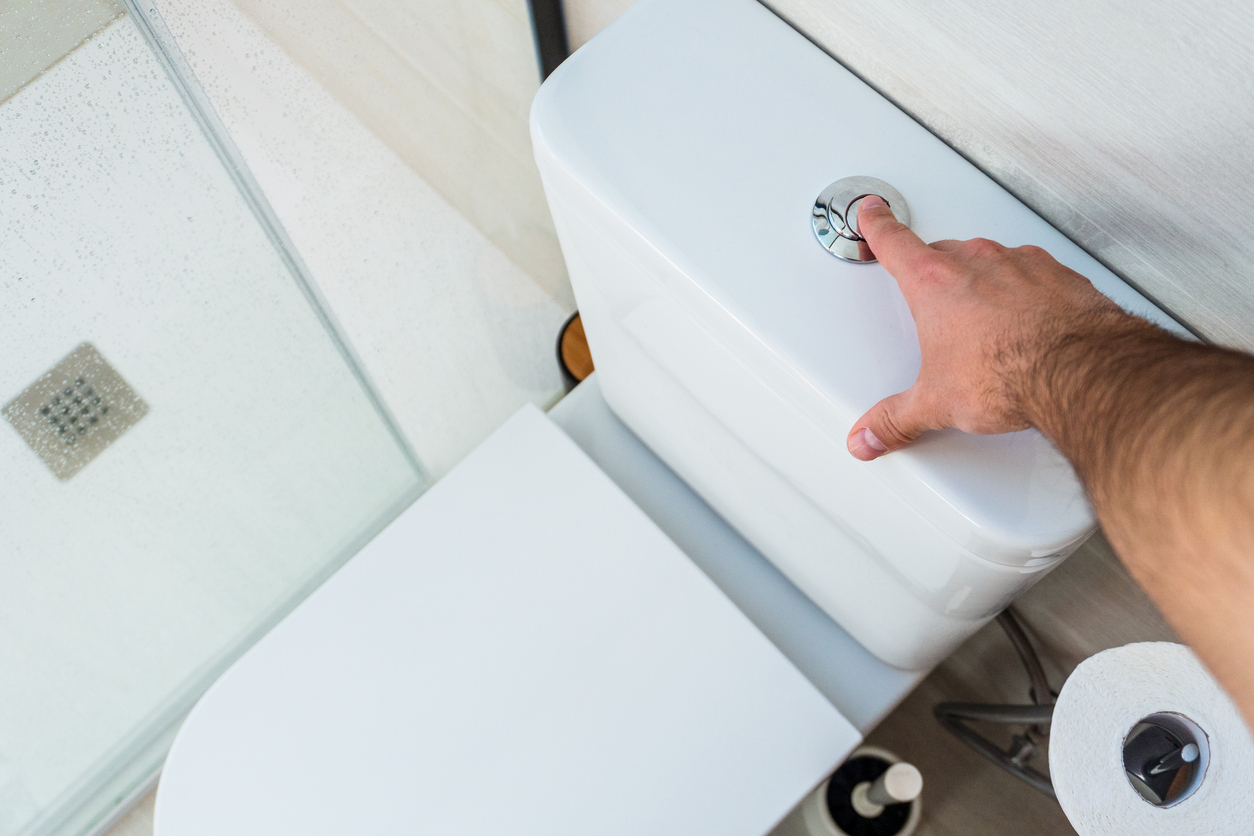French Drain: Effectiveness and Installation

The flow of water is always downhill and will seek the shortest route possible. This is the basic idea behind a French drain. It’s a type of trench made of rounded gravel that follows a downward slope and has a pipe that directs water away.
Despite its name, French drains did not originate from France. Rather, it’s in honor of a Massachusetts farmer and judge named Henry French who published a book on farm drainage in 1859 where he promoted the concept.
What is a French Drain?
Briefly, French Drains refer to pipes installed in such a way that they can collect and redirect water. Large, perforated pipes are often used in this case and they are placed in the ground to collect water and drain it away from an area. The pipes are covered with gravel or rock to hide their presence, and angled downwards to ensure smooth drainage flow.
Along with a dug trench and gravity, the French drain system can direct water towards the lowest point. This prevents an area from becoming saturated. The trench will be inundated initially before water seeps into the pipe, and eventually flows away from the place of origin.
Types of French Drains
French drains come in a variety of options depending on your needs. They include the following:
1. Traditional
The traditional French drain is also known as Curtain Drain and is the least obstructionist. To collect water, it uses gravel and perforated pipe. The latter is usually covered with earth and vegetation.
2. Collector and Interceptor
In this French drain type, ground and surface runoff waters are directed to the same drain. They work fast in dealing with running water and use a filter because of shifting earth and debris that can lead to flooding.
3. Dispersal Drain
This is ideal for homes that have septic tanks as this can be used to dispose of wastewater.
4. Fin Drain
This is a smaller version of traditional French drains. The main difference is the vertical composite located above the drain.
5. Shallow French Drainage
This runs horizontally across your home and works on surface water. It goes directly uphill from the area that you want to remain dry, collects water, and redirects it away from the affected area.
Since it’s shallow, the depth can be set at 2 feet and the length at 1.5. To avoid blockage due to tree root growth, use a solid pipe so the drain can pass through trees or shrubs.
6. Filter Drain
This French drain type works only on groundwater, filtering it and directing it away.
7. Footing Drain
Footing drains are underground French drains. They usually run along the perimeter of your house at the footing level, collecting water before it reaches your basement.
This involves complicated work as you may need to dig deep to reach your foundation footing. This is especially true if you have high basement walls. For the drain installation, landscaping, decks, and walkways may need to be removed. If the drain system is unable to move the water, you’ll need to pipe it to a basement basin. From there, the sump pump will lift the water and transport it to the storm drain.
How Do French Drains Work?
French drains provide a way through which water can flow easily. Initially, water flows into a trench filled with gravel before it moves down into a perforated pipe that has been installed at the trench bottom. The method allows for the free and continuous flow of water, keeping your house safe from flooding.
Ideally, for every eight feet of flowing water, the trench bottom should slope at approximately one inch. Depending on how your property was built, the water can be redirected to a dry well, a ditch, the street outside, or to a low-lying part of your home.
Are French Drains Effective?
The French drain system is extremely efficient because it can collect water throughout the entire length of an area covered by the drain, rather than just a single space. The force of gravity plays a crucial role as it guides the water along a steady path all the way to the discharge point.
Home protection is given by the gravel bed that surrounds the pipe since it keeps debris and dirt from entering the system. Since it also prevents water from pooling above the ground, French drains keep the home’s foundation, driveway, crawl space, basement, playground, and lawn from incurring untold damage.
How to Install a French Drain and Things to Consider
While French drains can be installed easily through a DIY project, it’s strongly recommended that you consult a professional plumber first. Here are four things that can affect the installation process for your French drains:
1. Dispersal Calculation
It’s crucial that you accurately calculate the rate of water dispersal. This is the difficult part of installing French drains because your goal is to drain water from your yard or house quickly while keeping the water level low in the pipe area.
2. Perforation Placement
The perforation holes in the pipes have to be made in the right places. To keep the water level low, you want the pipe holes to face downwards.
Additionally, the right drainage stones should be used when covering the pipes. Otherwise, they can eventually cause clogs or other similar problems that can lead to an increased French drain cost.
3. Pipes
Corrugated plastic pipes are fine for short-term use, but they have the wrong type of perforation and will not be suitable for French drains. This is something that needs to be referred to an experienced plumber.
4. System Check
The French drain is not exactly a standalone home project. There’s a need to inspect the entire plumbing system of the house to ensure that you won’t accidentally hit a gas line or a sewage system while digging a trench.
Contact Absolute Electrical Heating and Air If You Have Questions About Installing French Drains in Your Home
If you think French drains are simple but cool, let Absolute Electrical Heating and Air help you out with the preparation and installation part. We are experts in the plumbing business and are highly knowledgeable when it comes to the ins and outs of plumbing.
Our plumber in Colorado Springs is always available to attend to your plumbing concerns, including questions on preparing a French drain diagram. Feel free to call us anytime to find out all of our top-notch plumbing services.CONTACT US
Request Service


Save Every Year with an Absolute Advantage Membership
Expert Annual System Safety Inspections & More
- Priority service
- Waived dispatch fees
- Yearly furnace, A/C, & electrical system inspections
- 10% discount on repairs and additional diagnostic services
- Up to $500 off HVAC & electrical panel replacements







